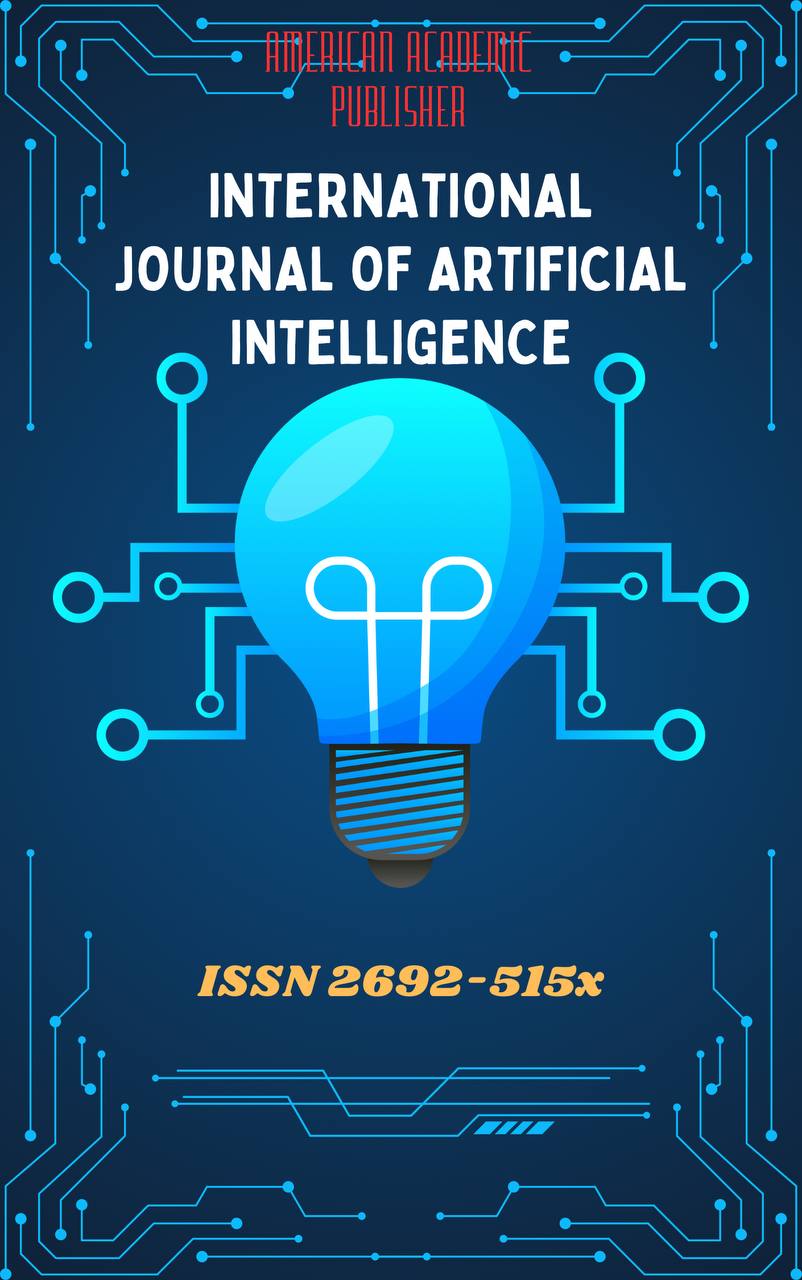 Articles
| Open Access |
Articles
| Open Access | THE CONCEPT OF TOLERANCE IN DIFFERENT CULTURES AND ITS SOCIAL MANIFESTATIONS
Sharifova Diyora Zarifovna,O.M. G`aybullayev , Mater student, Samarkand State Institute of Foreign Languages,Scientific adviser: Doctor of Philosophy, ProfessorAbstract
In order to promote harmonious cohabitation and understanding between people and societies, tolerance is a basic principle. Tolerance is essential for averting conflicts, fostering inclusivity, and guaranteeing societal advancement in a globalised world with a wide range of cultural, religious, and ideological diversity. This essay examines the idea of tolerance, including its theoretical underpinnings, historical evolution, and relevance in modern society. Additionally, it draws attention to the difficulties posed by intolerance and offers solutions for fostering a more accepting society.
Keywords
Tolerance, diversity, cultural understanding, social harmony, human rights
References
Allport, G. (1954). The Nature of Prejudice. Addison-Wesley.
Banks, J. A. (2008). Diversity and Citizenship Education: Global Perspectives. Jossey-Bass.
Dahl, R. A. (1998). On Democracy. Yale University Press.
Huntington, S. P. (1996). The Clash of Civilizations and the Remaking of World Order. Simon
& Schuster.
Locke, J. (1689). A Letter Concerning Toleration. Awnsham Churchill.
Mill, J. S. (1859). On Liberty. J. W. Parker and Son.
Piaget, J. (1932). The Moral Judgment of the Child. Harcourt, Brace & World.
Sunstein, C. R. (2017). #Republic: Divided Democracy in the Age of Social Media. Princeton
University Press.
UNESCO. (1995). Declaration of Principles on Tolerance.
United Nations. (1948). Universal Declaration of Human Rights.
Van Dijk, T. A. (1993). Elite Discourse and Racism. Sage Publications.
Article Statistics
Downloads
Copyright License

This work is licensed under a Creative Commons Attribution 4.0 International License.

